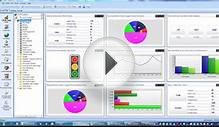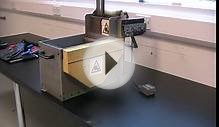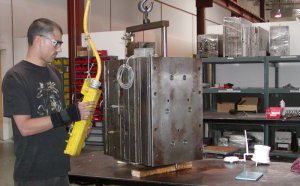
Planned Preventative Maintenance
Planned preventive maintenance ('PPM'), more commonly referred to as simply planned maintenance (PM) or scheduled maintenance, is any variety of scheduled maintenance to an object or item of equipment. Specifically, planned maintenance is a scheduled service visit carried out by a competent and suitable agent, to ensure that an item of equipment is operating correctly and to therefore avoid any unscheduled breakdown and downtime.
Along with condition-based maintenance, planned maintenance comprises, in which the maintenance event is preplanned, and all future maintenance is preprogrammed. Planned maintenance is created for every item separately according to manufacturers recommendation or legislation. Plans can be date-based, based on equipment running hours, or on the distance travelled by the vehicle. A good example of a planned maintenance program is car maintenance, where time and distance determine fluid change requirements. A good example of condition-based maintenance is the oil pressure warning light that provides notification that you should stop the vehicle because engine lubrication has stopped and failure will occur.
Planned maintenance has some advantages over condition-based maintenance (CBM) such as:
- easier planning of maintenance and ordering spares,
- costs are distributed more evenly,
- no initial costs for instruments used for supervision of equipment.
Disadvantages are:
- more expensive due to more frequent parts change
- requires training investment and ongoing labor costs
Bibliography[edit]
- Maintenance Planning, Coordination & Scheduling, by Don Nyman & Joel Levitt Maintenance ISBN 9181
RELATED VIDEO



Share this Post
Related posts
Fleet Preventative Maintenance
Perhaps you already have a good grip on the little details of successful fleet management, like buying fuel-efficient vehicles…
Read MorePreventative Maintenance Systems
A is at the core of any efficient and well run facility. It is no secret that the ability to manage maintenance on a schedule…
Read More









